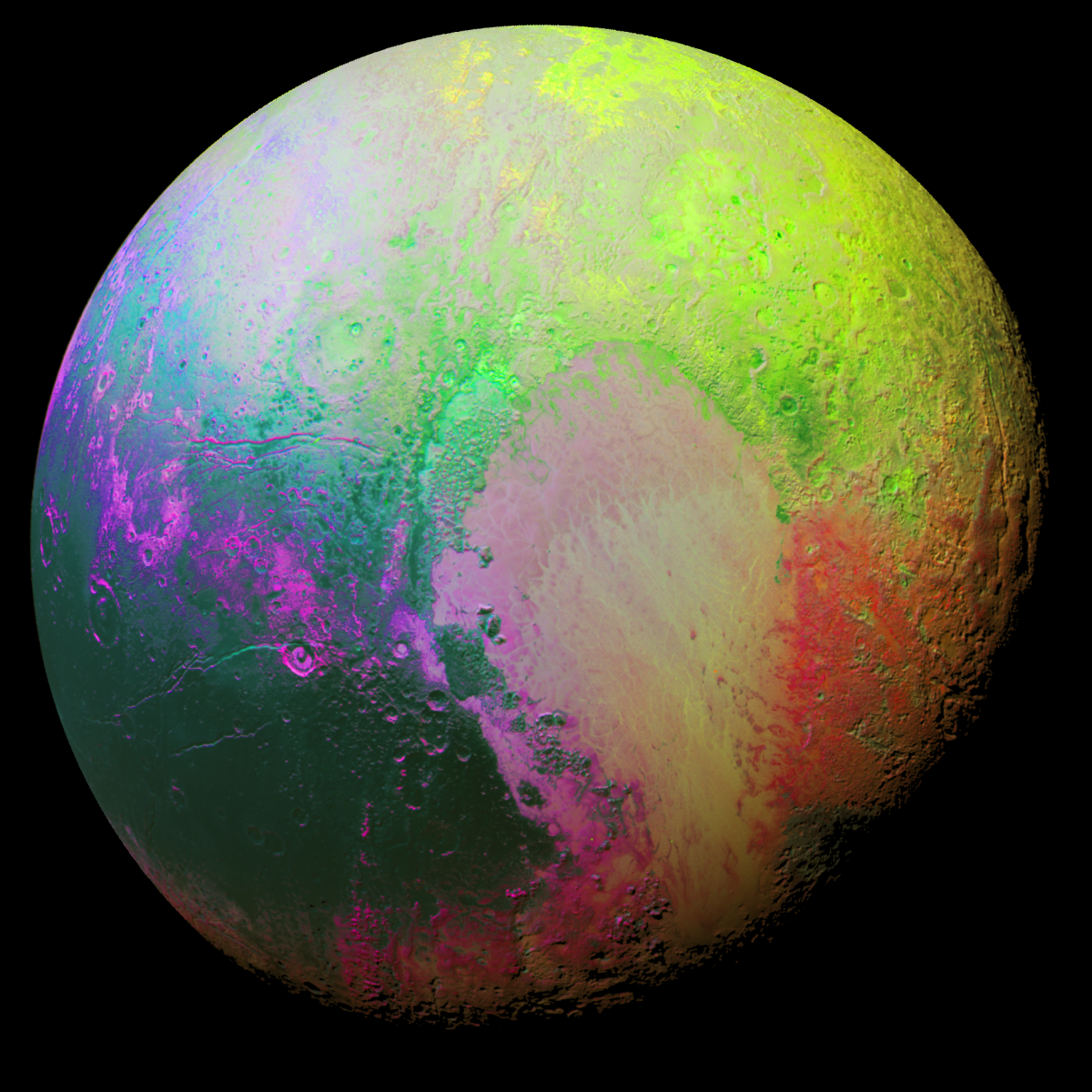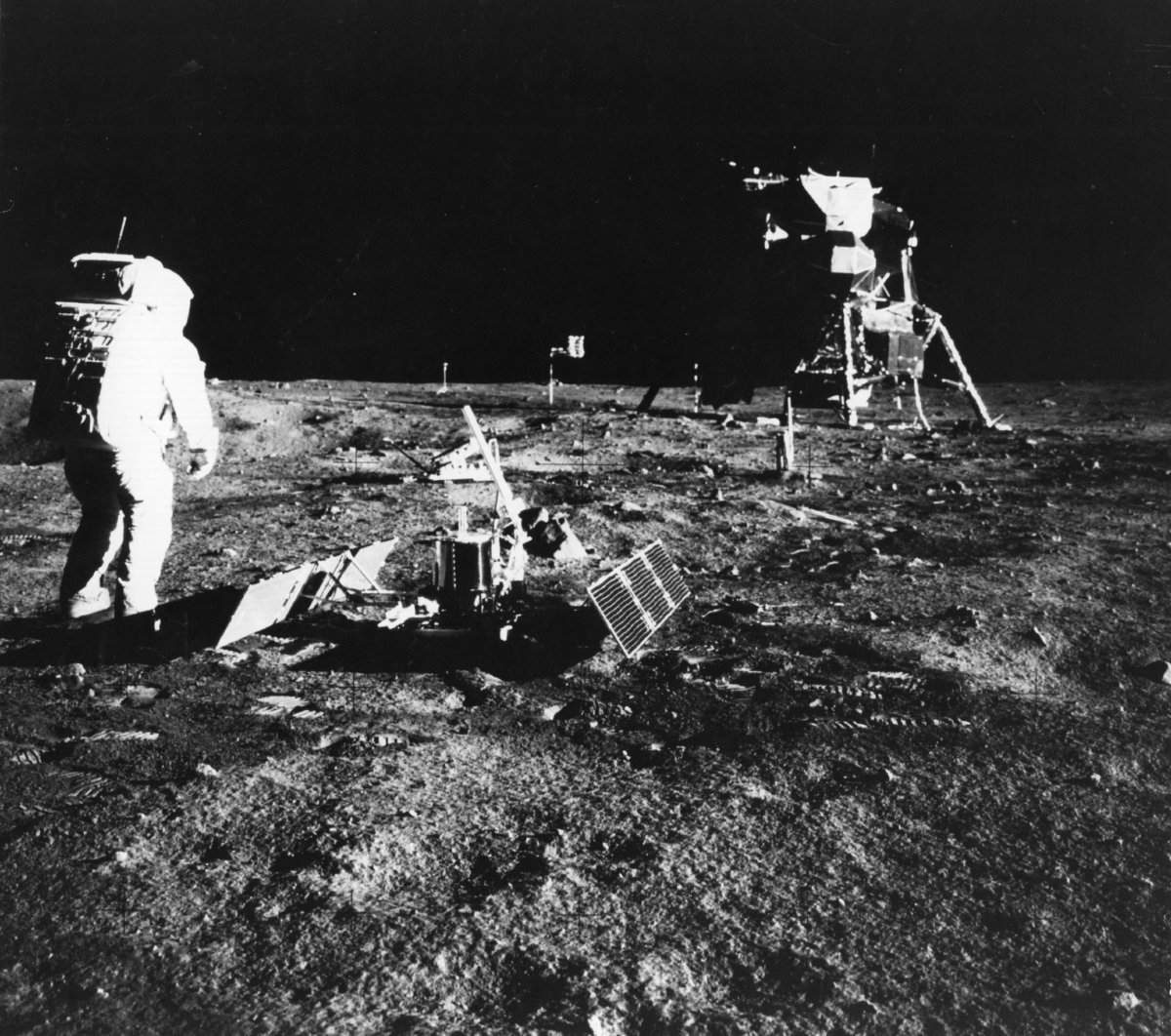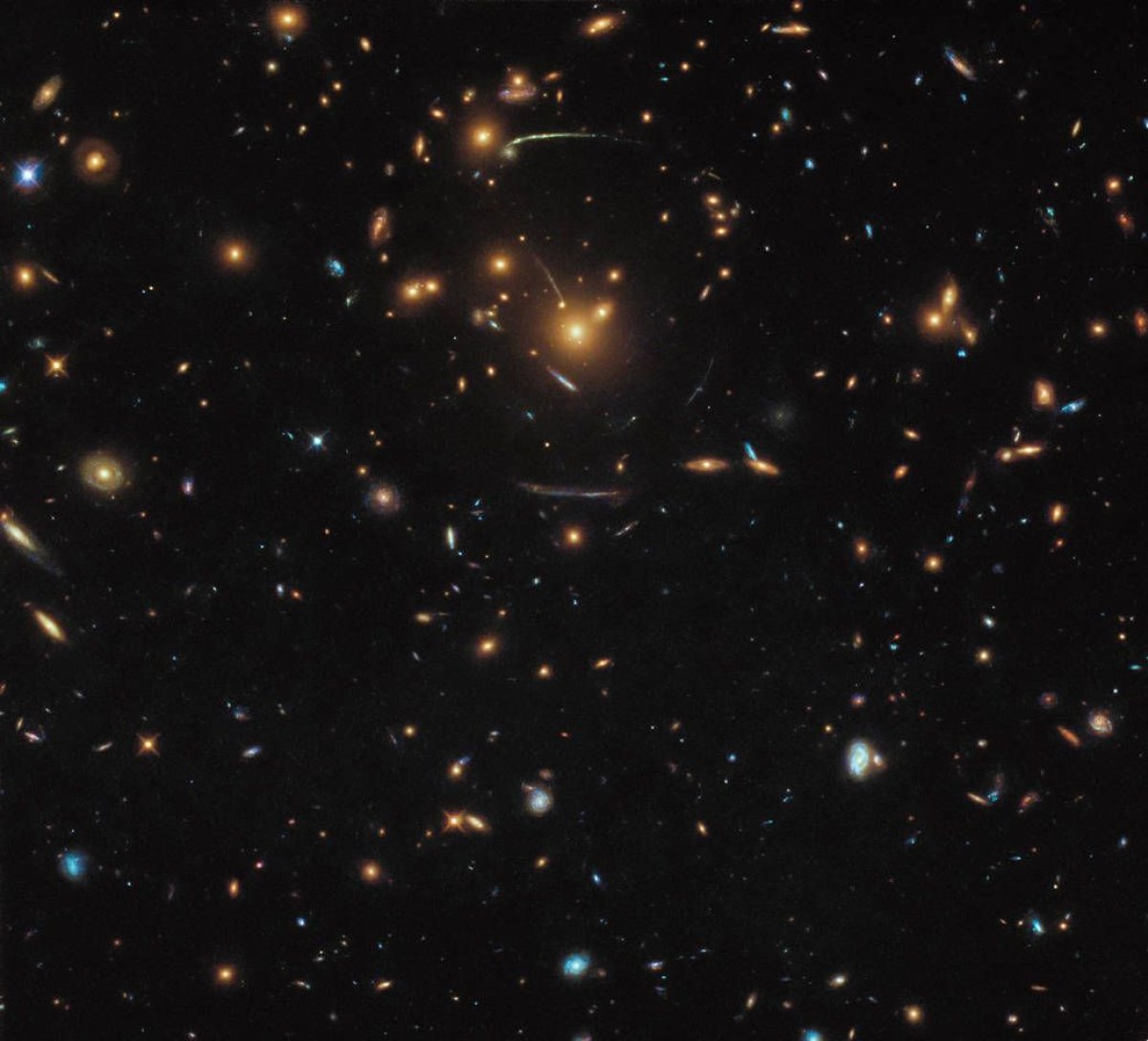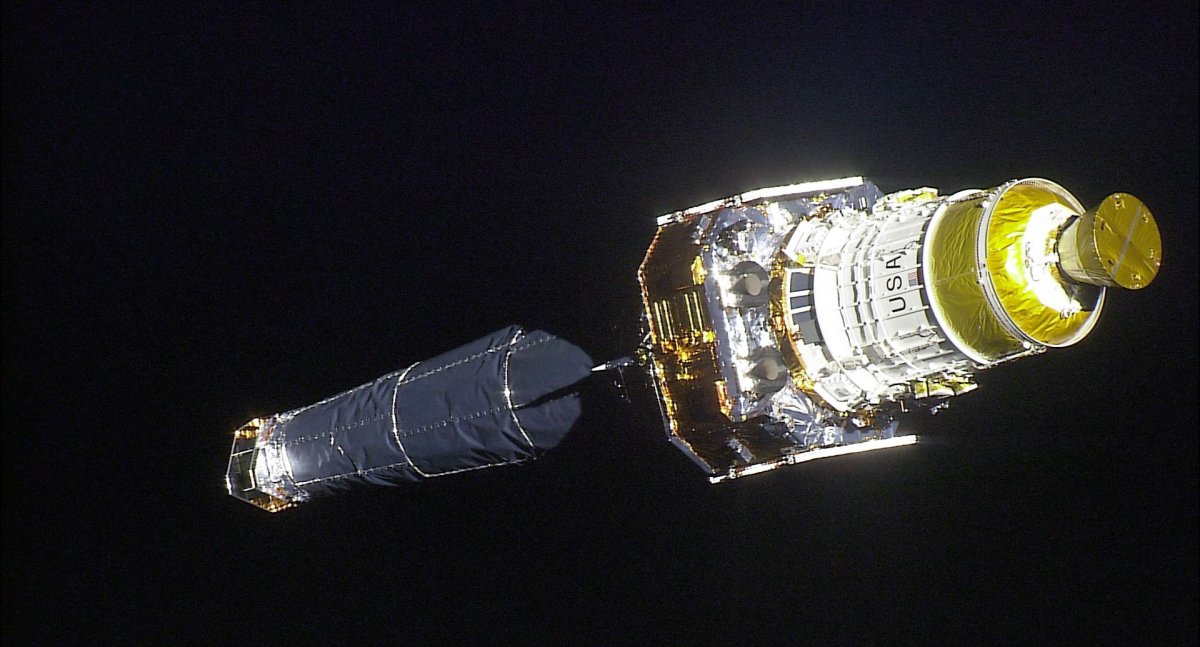On 1st October, sixty years ago, the National Aeronautics and Space Administration—better known as NASA—began operations, ushering in a new era of space exploration for the United States.
The space agency emerged from another organization, the National Advisory Committee on Aeronautics—which was created in 1915, in part, because America was lagging behind Europe in the field of airplane technology.
Similarly, concerns that the Soviet Union would gain a technological advantage in the nascent space race after the federation succesfully launched Sputnik 1 in 1957—the first artificial Earth satellite—led to the establishment of NASA in 1958.
In the decades since its inception, the agency has overseen numerous missions which have expanded our knowledge of the Earth, the Solar System and the rest of the universe. NASA research meanwhile, has enriched science in countless fields and led to real-world benefits for citizens and the economy as a whole.
To celebrate the anniversary, let's take a look back at some of the space agency's greatest achievements:

Kepler Space Telescope
Kepler is a space observatory launched by Nasa in 2009, which was designed to look for earth-sized exoplanets. Named after the mathematician and astrologer Johannes Kepler, the mission has revolutionised our understanding of planets outside our solar system. To date it has identified more than 2,300 confirmed exoplanets, while it has uncovered thousands more potential candidates. Based on data collected by the Kepler mission, scientists estimate that there could be as many as 40 billion rocky, earth-sized exoplanets in the habitable zones of Sun-like stars and red dwarfs in the Milky Way alone.

New Horizons
New Horizons is an interplanetary space probe launched in 2006 as part of Nasa's New Frontiers programme. In July 2015, it became the first spacecraft to explore the dwarf planet Pluto, beaming back close-up images which displayed the icy world in unprecedented detail. On its subsequent travels, New Horizons has also recorded invaluable data on the solar winds—charged particles emitted by the sun—in the unexplored regions beyond Pluto. It has now set its trajectory for a mysterious object known as MU69 in the Kuiper belt, located in the outermost regions of the solar system.

Apollo 11 Moon landing
On 20 July 1969, Neil Armstrong became the first human being in history to set foot on the surface of the moon—or indeed any world beyond the Earth—in what was arguably the greatest achievement in the history of the U.S. space programme. Ten Apollo missions, testing various aspects of the operation, were conducted before Apollo 11 finally reached the moon. Five subsequent Apollo missions—the last of which launched in December 1972—also landed astronauts on the moon. This feat has never been repeated.

Viking programme
In 1975, the Viking program launched two spacecraft, which became the first to successfully land and operate on the surface of Mars. Each of the spacecraft was composed of two main parts—an orbiter designed to photograph the planet from orbit, and a lander which explored the surface. The Viking mission took the first high-resolution images of the planet and transformed our knowledge of water on Mars through the discovery of various geological forms, such as huge, previously unknown river valleys. They also conducted experiements to search for signs of microbial life. Intriguingly, some scientists think that the landers found evidence to suggest its presence, however, the claims have not been widely accepted by the research community.

Hubble Space Telescope
The Hubble Space Telescope was launched in 1990 providing scientists with the first clear glimpse into the regions of the universe beyond our galaxy, without any of the interference that traditional ground-based telescopes pick up from the earth's atmosphere and weather. With 10 times the resolution and 50 times the sensitivity of anything that had come before, Hubble provided, and continues to provide, some of the most spectacular images of the cosmos. It has even helped to prove the theory put forward by astronomer Edwin Hubble—the telescope's namesake—that the Universe is expanding. While not the first space observatory to be launched, it is both one of the largest and most versatile, providing astronomers with numerous options for observing the cosmos.

Chandra X-ray Observatory
The Chandra X-ray Observatory is the most powerful X-ray telescope with 25 times the sensitivity of its closest rival. It detects high-energy particles–namely X-rays—instead of visible light, enabling scientists to image objects in space that would not be viewable with traditional observatories, such as Hubble. Launched in 1999, Chandra has provided us with detailed images of spectacular and mysterious celestial phenomena such as exploding stars, quasars and nebulae.

Pioneer 10
In 1972, the Pioneer 10 mission became the first spacecraft to reach an outer planet in the solar system, proving that humanity was not confined by the asteroid belt that surrounds the four terrestrial planets. It took the first close-up photos of Jupiter before going on to collect data on solar winds, cosmic rays and the furthermost reaches of the solar system. Furthermore, in 1983, it made history by becoming the first man-made object to pass further than the orbit of Pluto.

Voyager programme
On 5 September 1977, Nasa's Voyager 1 spacecraft launched, marking the beginning of an extraordinary journey. Forty years later, the probe is drifting through interstellar space at nearly 40,000 mph, 13 billion miles away. Meanwhile, its sister craft, Voyager 2, which launched two weeks earlier, trails shortly behind, 11 billion miles from its starting point. Together, the two Voyager probes—the furthest man-made objects from the Earth—have revolutionised our understanding of the solar system, becoming the first to fly by the four outer planets, among numerous other achievements.
Uncommon Knowledge
Newsweek is committed to challenging conventional wisdom and finding connections in the search for common ground.
Newsweek is committed to challenging conventional wisdom and finding connections in the search for common ground.
About the writer
Aristos is a Newsweek science reporter with the London, U.K., bureau. He reports on science and health topics, including; animal, ... Read more
To read how Newsweek uses AI as a newsroom tool, Click here.








